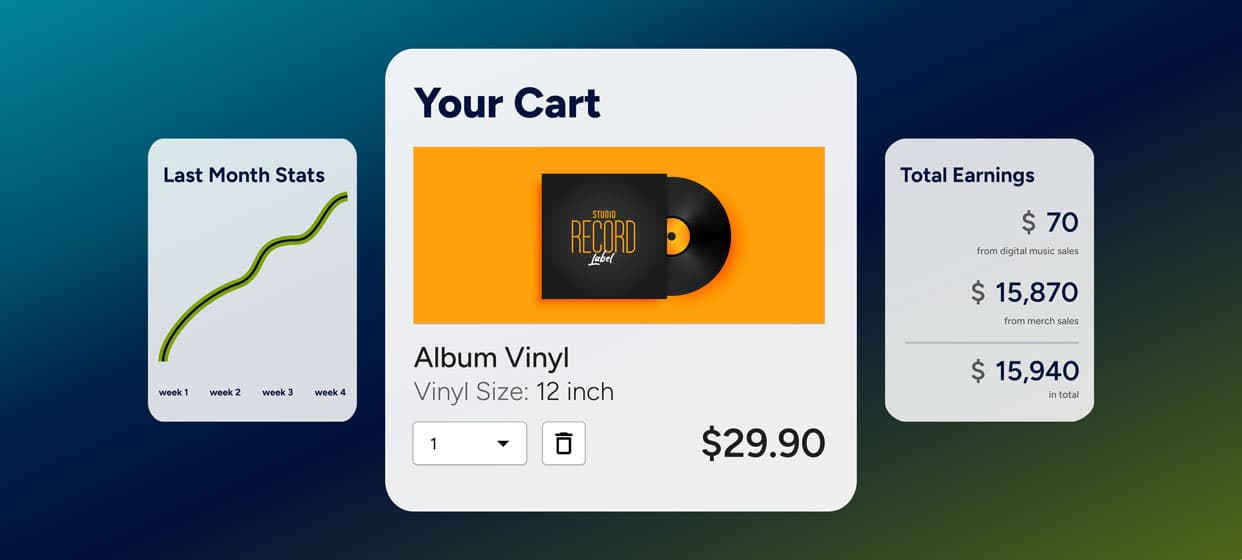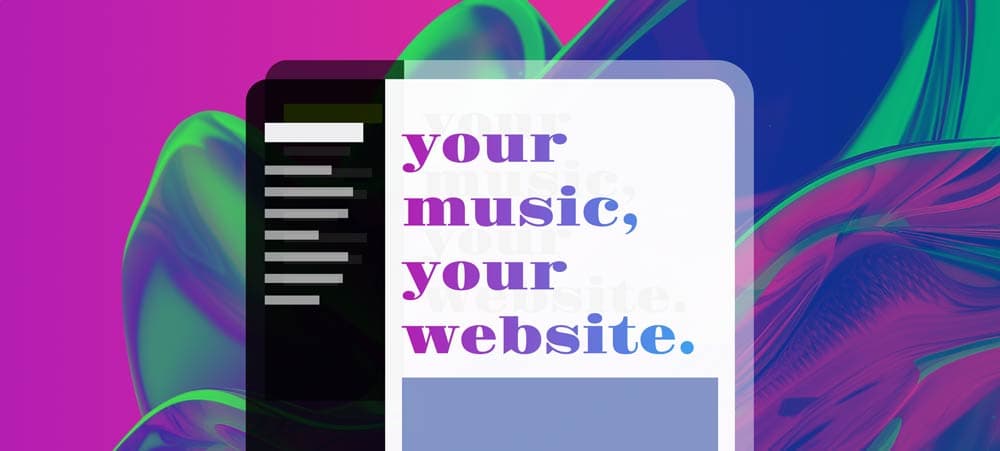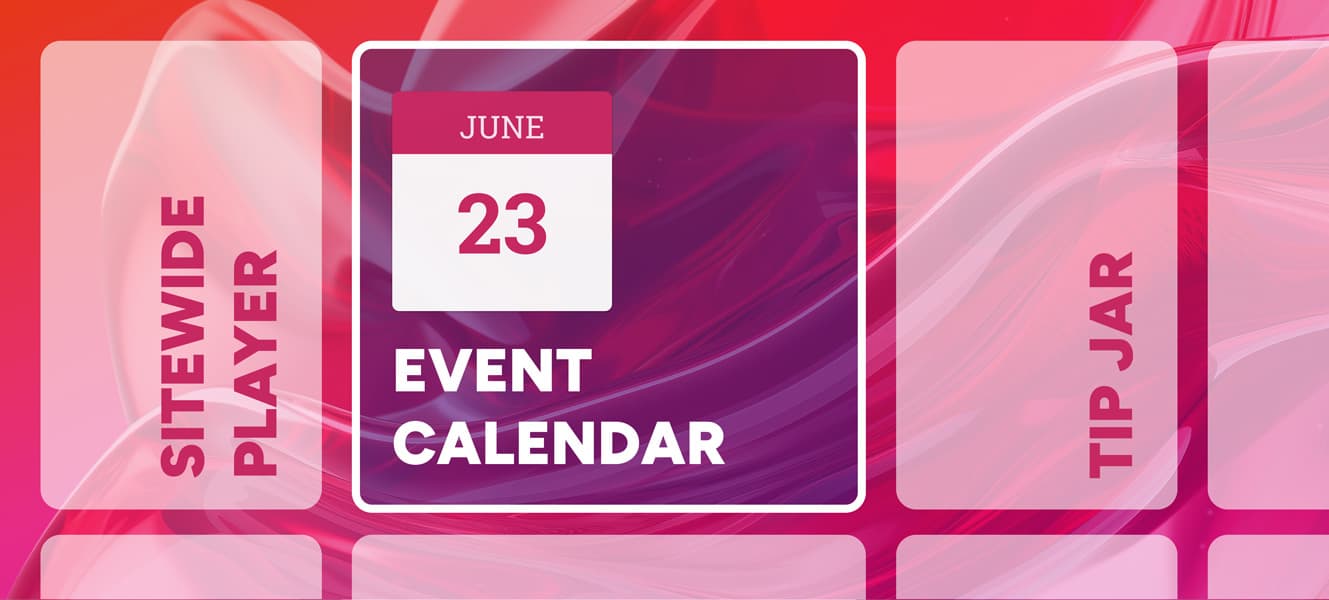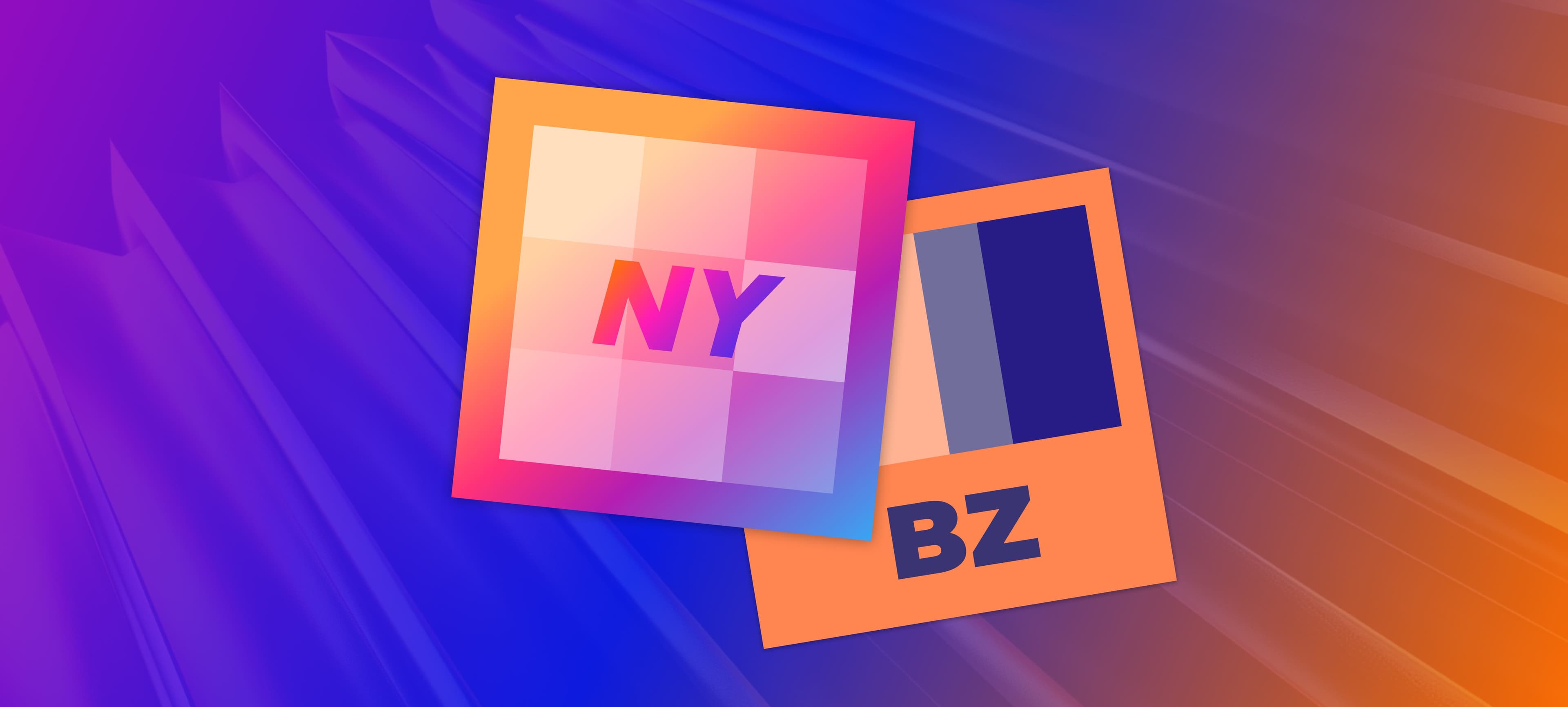BACK TO BLOG
How to write an SEO-friendly artist bio (with examples and checklist!)
![[object Object]: seo & artist bio](/_next/image?url=https%3A%2F%2Fnoiseyard.nyc3.cdn.digitaloceanspaces.com%2Fnoiseyard%2Fuploaded-images%2Fuploadedimage2504251799712508.jpg&w=3840&q=100)
Your artist bio isn't just a formality - it's one of the most powerful tools you have for getting discovered. Whether someone stumbles across your Spotify profile, visits your website, browses Bandcamp, or Googles you, your bio shapes their first impression. It tells them who you are, what your music sounds like, and why they should care.
But here's what a lot of musicians miss: your artist bio is also a huge opportunity for SEO (Search Engine Optimization).
If you craft your bio strategically, it can help you show up in search results when people look for your name, your genre, or similar artists. A well-optimized bio can boost the chances of your music appearing on playlists, blog features, media roundups, and even editorial picks. In other words, your bio can quietly work for you 24/7 - if you do it right!
Let’s dive into how to write an SEO-friendly artist bio that actually gets results.
Why SEO matters for your artist bio?
Think about how you discover new artists.
You might search for "indie pop artists from Chicago," "dream pop bands with female vocals," or "lo-fi producers like Clairo." Search engines (and platforms like Spotify, Bandcamp, and YouTube) rely heavily on bios and profile descriptions to match artists to those kinds of queries. Your bio isn't just for humans; it's written for algorithms, too.
If your bio includes the right keywords - your genre, location, mood, production style, and influences - you're much more likely to appear when someone searches for music that sounds like yours.

A strong, SEO-optimized bio helps you:
Appear in Google and streaming platform search results for relevant genre or style queries
Make it easier for playlist curators, journalists, and blogs to find and feature you
Build trust with new listeners and industry professionals by showing professionalism
Attract more opportunities for gigs, collaborations, press features, sync deals, and more
SEO isn’t about tricking the system; it’s about making it easy for people who would love your music to find you faster.
How to structure an SEO-friendly artist bio
1. Start strong (First 150 characters are key)
Your opening line is the most important part of your bio for SEO.
Google often pulls the first 150 characters as a search snippet, and Spotify heavily weighs your first sentence when indexing artist profiles. That first impression isn’t just for human readers - it’s critical for algorithms to categorize you correctly.
In your first line, you should include:
Your artist name
Your primary genre(s)
Your location (optional, but powerful for local SEO)
A brief stylistic or emotional hook
Example: "Luna Waves is an indie pop singer-songwriter from Chicago, blending dreamy synths with heartfelt, nostalgic lyrics."
When you optimize your opening line, you dramatically improve your chances of appearing in genre searches, "artists like" recommendations, and local event listings. You’re also providing context that makes the rest of your story resonate even more.

2. Use genre, mood, and style keywords naturally
Sprinkle relevant keywords throughout your bio, but do it thoughtfully and naturally.
Keywords are crucial for helping algorithms (and people) understand your musical identity and match you with potential fans who are searching for new music.
A well-placed keyword can connect you to the right playlists, boost your visibility on streaming platforms, and even help Google surface your website when people search for artists in your genre or vibe. However, it's important that keywords don't feel forced - they should blend seamlessly into your storytelling.
Examples of strong keywords to include:
Primary genre ("indie rock," "synth-pop," "alternative R&B")
Mood or emotional vibe ("melancholic," "high-energy," "dreamy")
Production styles ("808-heavy beats," "ambient textures," "live acoustic sessions")
Cultural or movement terms ("DIY indie scene," "bedroom pop," "lo-fi renaissance")
Instrumentation and sound descriptors ("lush string arrangements," "hypnotic basslines")
Instead of keyword stuffing - which looks and sounds awkward - aim to weave keywords naturally into your story. Think about how you’d explain your music in a conversation with a new fan: casually mentioning your sound, influences, and emotional tone without listing them awkwardly.

Example: "Blending the DIY spirit of indie rock with lush synth-pop textures, Luna Waves crafts cinematic soundscapes for late-night dreamers, layering ambient textures with heartfelt storytelling."
Notice how this example integrates genre, style, mood, and production keywords while still sounding human and compelling.
Adding mood, genre, and cultural context creates a richer, more memorable impression. It paints a mental picture for the reader while also signaling to search engines how to categorize you—which boosts your discoverability without compromising authenticity.
Pro Tip: As you evolve, revisit your keywords to make sure they still match your sound. New releases might open opportunities to rank for different moods, styles, or movements.
3. Mention your influences and notable achievements
Including the names of similar or inspiring artists along with any major achievements is a smart move for building both listener trust and SEO strength.
When you name-drop well-known artists like "Phoebe Bridgers," "Clairo," or "Frank Ocean," you're aligning yourself with existing audiences and boosting your chances of showing up in related searches. These recognized names act like magnets, helping curious fans and curators discover you when they search for artists with a similar vibe.

Talk about:
Key influences that helped shape your unique sound, style, or lyrical approach
Major shows, festivals, or tours where you've performed (especially recognizable names) or major local events
Blog features, interviews, press highlights, or awards that provide social proof and increase your credibility
Playlist placements, collaborations, or syncs that showcase industry recognition and momentum
Example: "Inspired by Phoebe Bridgers and Japanese Breakfast, Luna Waves has performed at iconic events like Lollapalooza, collaborated with indie-pop producers from the DIY scene, and earned features on NPR Music, Bandcamp Daily, and Spotify’s Fresh Finds playlists."
Highlighting your achievements reinforces your legitimacy without coming across as bragging. Plus, mentioning well-known names connects you to broader musical conversations happening online, subtly positioning you alongside artists listeners already trust and admire.
4. Keep it concise, clear, and easy to skim
No one wants to read an essay - especially not when they’re quickly browsing for new music!
Instead of writing long, dense paragraphs, break your bio into smaller sections that are easy to skim.
Think of it more like a conversation than a biography: crisp, punchy, and to the point.

Aim for:
Short paragraphs (2–4 lines each) that flow naturally
Clear, direct sentences without unnecessary filler
A word count between 100–200 words for most platforms (Spotify, Bandcamp, Apple Music)
A 250–300 words if it’s for your personal website "About" page
You want someone scanning your bio to instantly understand who you are and what you sound like without needing to dig through walls of text. Clarity and readability are powerful for both human readers and indexing bots.
Pro Tip: Consider preparing two versions of your bio: a "short bio" for profiles and submissions, and an "extended bio" for your website where you can tell a deeper story about your musical journey, inspirations, and achievements.
5. Consider including a call to action (CTA)
If you’re posting your bio on your website (like on Noiseyard), it’s a good idea to end with a thoughtful call to action (CTA).
After someone reads about your music and connects with your story, you want to guide them toward a meaningful next step - whether that's streaming your latest release, following you on social media, signing up for your mailing list, or purchasing merchandise.
An effective CTA transforms casual interest into deeper engagement. It's the bridge between curiosity and action.

Examples of strong CTAs:
"Stream Luna Waves' latest EP "Moonlight Echo" on Spotify, follow her on Instagram for updates, or explore exclusive merch and vinyl on her official website."
"Join Luna Waves' mailing list for early access to new songs, tour dates, and behind-the-scenes content."
SEO-friendly artist bio checklist
Before publishing your bio, double-check:
Artist name clearly mentioned in the first sentence
Primary genre stated early
City/location included (if relevant)
Mood, style, and vibe keywords woven naturally
Instrumentation and production styles mentioned where relevant
Influences and comparisons included for SEO and context
Major achievements or milestones listed
Call to action (CTA) encouraging further engagement
First 150 characters optimized for SEO
No keyword stuffing (readable and natural)
Bio length around 100–200 words
Short, scannable paragraphs for easier reading
Updated regularly with latest releases, tours, or milestones
Keeping this checklist in mind ensures your bio serves as both a discovery tool and an authentic reflection of your music.
Want to learn more about how to use SEO in your favor? Chek out our SEO Guide for Musicians.
Final Tips
Refresh regularly: Update your bio when you have a new release, a major press feature, a tour announcement, or a new musical direction. A stale bio sends the wrong message.
Post it everywhere: Your website (especially if you’re using Noiseyard), Spotify, Bandcamp, SoundCloud, YouTube, EPK - anywhere people might find you.
Think human-first: SEO helps bring people in. Authentic storytelling keeps them coming back.
Back up your bio: Make sure your social profiles, visuals, and branding match the story you’re telling in your bio for maximum impact.
Want to see how else your music website can work harder for you?
Check out our guide on must-have website features for musicians to build a stronger online presence and make your music easier to discover and support.
Other Blog Posts

Marketing & Promotion
What to sell as a musician online (From essentials to creative extras)

Music Career Advice
Why Every Musician, Band, or DJ Needs a Website: A Comprehensive Guide

Website Tips
10 website features every musician needs to grow in 2025

Marketing & Promotion
Noiseyard vs Bandzoogle: Which one stands out for musicians
Useful tips and tricks, delivered right to your inbox.
Join our newsletter to keep informed about Noiseyard updates and new blog articles. You can unsubscribe any time.